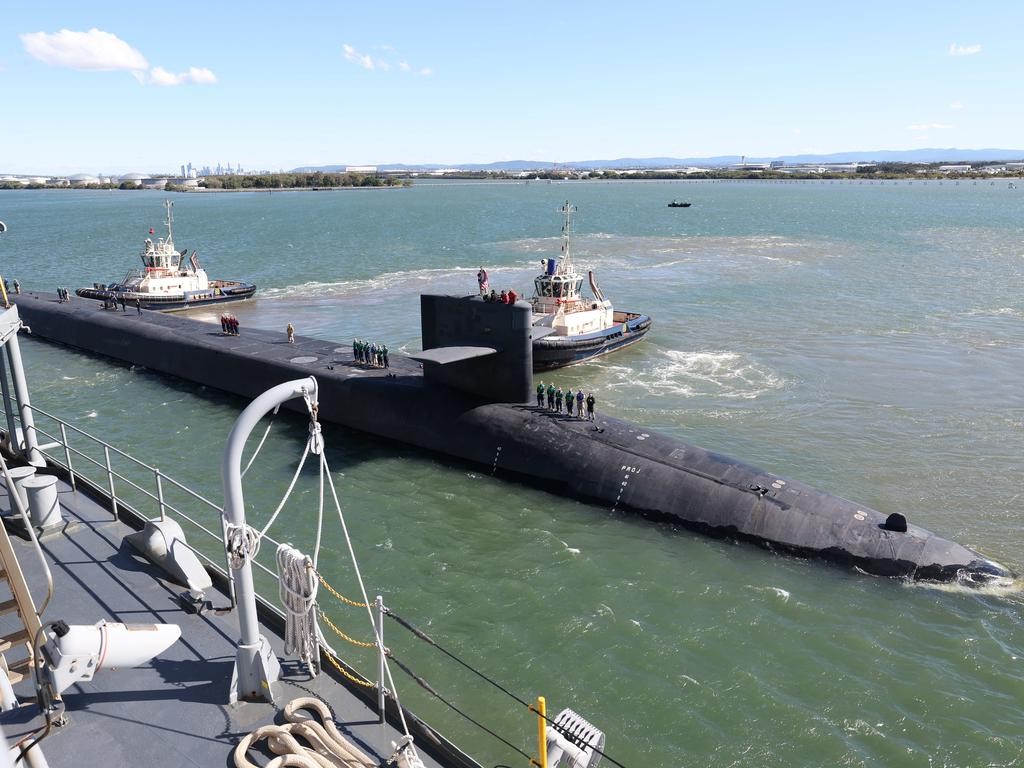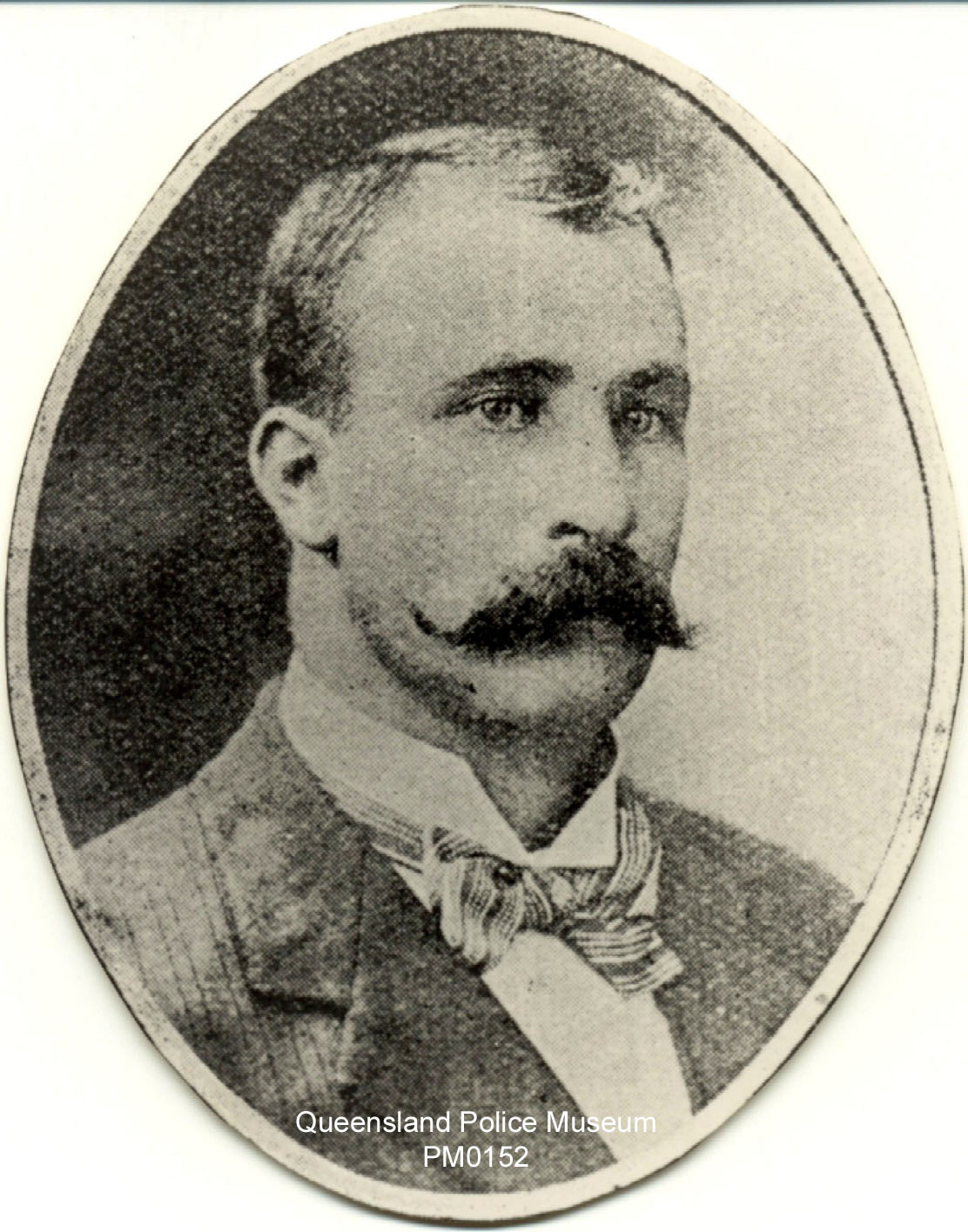
This memorial plaque marks the spot, where in 1902, the bodies of Constable George Doyle and Carnarvon Station Manager Albert Dahlke, were incinerated after their murder by the brothers James and Patrick Kenniff.

This horrendous crime can be regarded as the most consequential in Queensland’s history as it changed the state of Queensland forever. In addition, the capture and trial of the Kenniff brothers “marked the end in Australia of the crime picturesquely described as ‘bushranging’” (Sunday Mail, p. 23).
The Kenniff’s were cattle thief’s who roamed the rugged Carnarvon Ranges North of Roma. A warrant had been issued for their arrest and Constable Doyle, accompanied by Dahlke and a tracker named Sam
Constable George Doyle.
Johnson, set out to capture the Kenniff brothers. In short, the party captured James and while Johnson was retrieving a set of handcuffs from their camp, Patrick had circled round and shot both Doyle and Dahlke. Both brothers came after Johnson, who managed to escape and raise the alarm.
A search party was convened and led by Johnson, returned to the site known as Lethbridge’s Pocket – a wild tract of land. Here they found evidence of three fires and the blood splattered horse ridden by Dahlke. A subsequent search located the horse of Constable Doyle. Inside the saddles pack bags the searchers found charcoal mixed in with partly burned human remains (bones, teeth) as well as buttons from Doyles tunic and items identified as Dahlkes. Further inspection of the fire site revealed “bits of bone, a human tooth and items of clothing” (Sunday Mail, p. 23).

The inhospitable terrain of Lethbridge's pocket and the incineration site.
The subsequent man hunt was the largest seen in Queensland and lasted over a month. The Kenniff’s were finally captured and arrested by a large party of police and civilians. The Kenniff’s professed to have no knowledge of the murders of Doyle and Dahlke and indeed maintained their innocence to the very end.
What would seem to be a relatively straightforward case proved to have significant and far-reaching political ramifications. As a result the victims (Doyle and Dahlke) took a backward seat to the machinations of the time. A desire for social justice and political reform. Widespread anguish at the control a small section of the community had over the state and at a more fundamental level, Catholic and Protestant rivalry.
These will be explored in the second edition of this blog 'The Murders that Changed Queensland Forever'. The murders of Doyle and Dhalke feature prominently in Toowoomba Trails Dark Side tour.
References:
Sunday Mail 22 July 1934, retrieved from https://trove.nla.gov.au/newspaper/article/97787689
Enter your content here